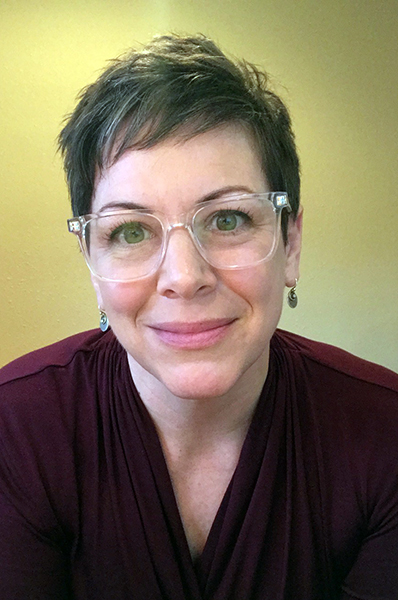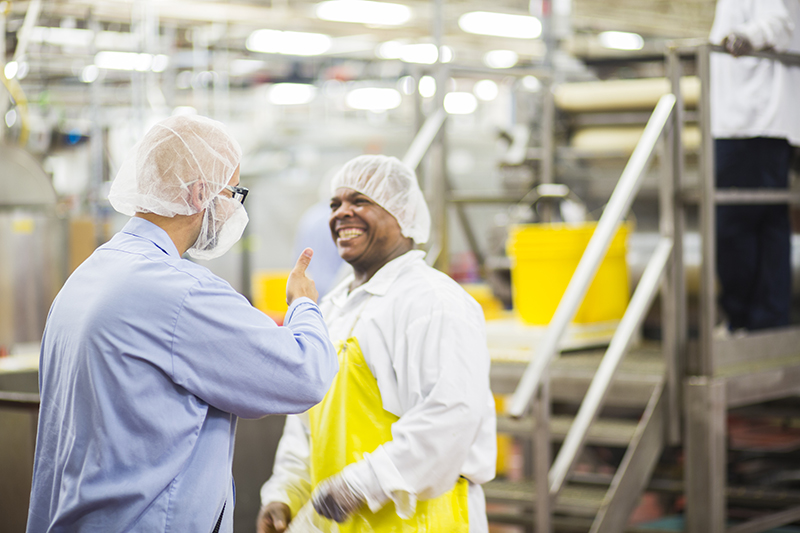What does food safety look like? As we enter the New Era of Smarter Food Safety, the elements around food safety behaviors, beliefs and attitudes are a bit elusive, making them challenging for the industry to define. For years, companies have provided messaging around food safety to clarify what food safety should look like for their team members. In reality, most of the statements are around the outcomes organizations want to see.
For example:
- Food Safety and Quality are our number one priority.
- We strive to meet and exceed all food safety & quality standards.
- We are committed to producing high-quality, safe food.
- Food safety is everyone’s responsibility.
While these messages may provide clarity around the organization’s beliefs and/or intended outcomes around food safety, how do these messages translate into how food safety behaviors, beliefs, and attitudes show up on a day-to-day basis?
A quick internet search will provide a list of companies that have adopted best-in-class food safety culture practices with top leaders championing and modeling what that means through daily conversation, decision making, etc. Not all companies share that success story, and top leaders may find or refine their organization’s path around food safety culture. As top leaders are taking the time to create strategic plans for food safety culture, how can the behaviors, attitudes, and beliefs around food safety be modeled for all to see?
It reminds me of an experience with one of my teams and our journey around championing food safety and quality. Shortly after being promoted into leading our FSQ function for multiple facilities across our organization, I soon found, with no surprise, that each facility had its own FSQ microcosm. As with anything, parts of the microcosms were good, and some, not-so-good. The FSQ Managers had completely different personalities, training and experience blending with and creating resistance in the microcosm to add to the mix.
Join Jill Stuber and other food safety experts for a discussion about industry professional development, training and mentorship on November 4, during the 2021 Food Safety Consortium Virtual SeriesOur team focused on creating consistency in our team’s practices and organizational systems for food safety and quality. After several months together, it was clear the goal would require more than developing one version of the truth with documents; it would also require consistency in how the FSQ Managers “showed up” each day. Thus, we keyed the term the “Face of Food Safety,” which embodied our expectations around how we would each exhibit behaviors, attitudes, and beliefs around our role to support our Food Safety & Quality systems. For us, this insider term solidified our shared passion and belief that food safety culture started with us.
What led us to the conclusion that we had to step into the Face of Food Safety role given food safety culture is supposed to start at the top? Several pieces of evidence led us to this conclusion.
- The term “Food Safety Culture” wasn’t even mainstream for top leaders to start discussing food safety culture. We recognized we needed to continue the food safety campaign across the organization using our team and our voices.
- Our FSQ Leaders were already the go-to for food safety. Like many companies, when the food safety auditor walked in, they were taken directly to the FSQ Manager. If anyone in the organization were asked about who to talk to regarding food safety, they would direct people to the FSQ Manager. It’s no different than if someone asks about a financial report, they were likely led to the accounting department.
- Our FSQ Leaders had the most technical training, even if not formal, to understand the practices and behaviors around food safety and should be already collaborating and championing best practices throughout the organization.
As we started on our quest to define the Faces of Food Safety further, we had some factors to consider impacting our approach.
First, our FSQ Managers came in all shapes, sizes, and personalities. Some had high levels of formal training, and others had very practical experience. Some worked in the industry for eons, and others had less experience. Some were more natural leaders, and others were not, and personality tests showed we had a wide range in our team!.
Next, our FSQ Managers had specialized training regarding scientific methods to more effectively identify risks, guide solutions, and ultimately create and implement programs that consistently delivered safe food. However, besides the annual human resources training on conflict resolution or getting along, the FSQ Managers had no formal training in human behavior to fully understand elements of the human psyche that shape what people do.
Finally, we faced a standard human limitation—our ego. With serving others, our egos would have to take a back seat to allow the space to recognize our behaviors, our judgments and actions that didn’t align with the Face of Food Safety.
As I look back at work we did together to step fully into being the Face of Food Safety; there are three main areas we focused effort that minimized any factors around skills, experience or personalities yet allowed us to move forward with our quest.
1. Being available and approachable
- Instead of sitting in meetings, running reports, and being “busy,” we focused on spending time with team members on the floor with FSQ Team Members and others to see what worked well, what didn’t work well, and in-the-moment coaching. The team evaluated workload capacity and incorporated these routine interactions into standard work to create capacity for this. No longer was spending time on the floor to talk with team members something we just hoped we’d get around to doing or only do during an investigation. While we still had copious amount of other work, we shifted our priority.
- We spent time developing trust across our team to open doors to conversations that were previously off-limits. For a team that had rarely been physically in the same place at one time, our every-other-month in-person events and daily huddles that, at first felt like micromanaging, became the standard of how our team worked toward alignment and team building. These types of routines provided a foundation for conversations that started with “How do you think you came across in that email?” or “I know you didn’t intend to sound demanding, but some people had ruffled feathers”, or “Your serious face may send the message you don’t want to be bothered.”
2. Helping others help themselves
- In the olden days, issues could be dropped like hot potatoes into the FSQ office for them to spearhead investigations, paperwork, and the like. People would come to the FSQ Managers for answers when often, the answers were already available to them. It took effort from FSQ Managers to provide guidance, re-direct and coach so others could join in owning parts of food safety and quality related to their work.
- We were changing our attitudes that we had to be involved in everything. When we began helping others help themselves, it also gave us the freedom to let go and work in our own lane.
3. Being known for championing food safety & quality both from a policy standpoint but also being practical
- Policies and procedures are fantastic tools to align practices. Even with the best-written documents, there are gaps and unforeseen events that challenge systems. In those moments, our team worked diligently to align on when policies and procedures had to be upheld versus when we would adjust (and update documents) to capture the practical nature of hiccups that happen in manufacturing. We didn’t want a practice to be okay in one facility but not another unless there was a very defined reason, so it wasn’t chalked up to personal preference. It took personal commitment to Our commitment to holding the line for each other.
- Our team was relentless in talking about food safety and quality at every chance we had and related to other areas.
As leaders, our focused, aligned manner that welcomed collaboration and conversation was a cornerstone for being the Face of Food Safety. Using the three areas discussed in this article, we provided clear messaging and support to champion the food safety culture we wanted to see. While not every day was a utopia, our attitude shift and teamwork offered many more days of fulfillment from meaningful work than we had previously experienced and it made an impact for others.
























